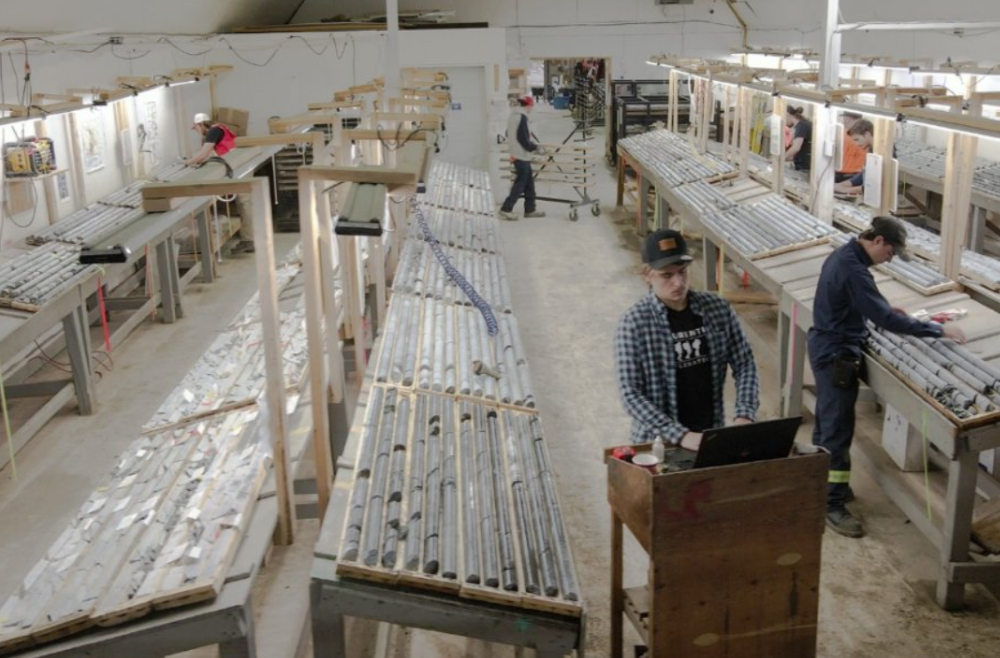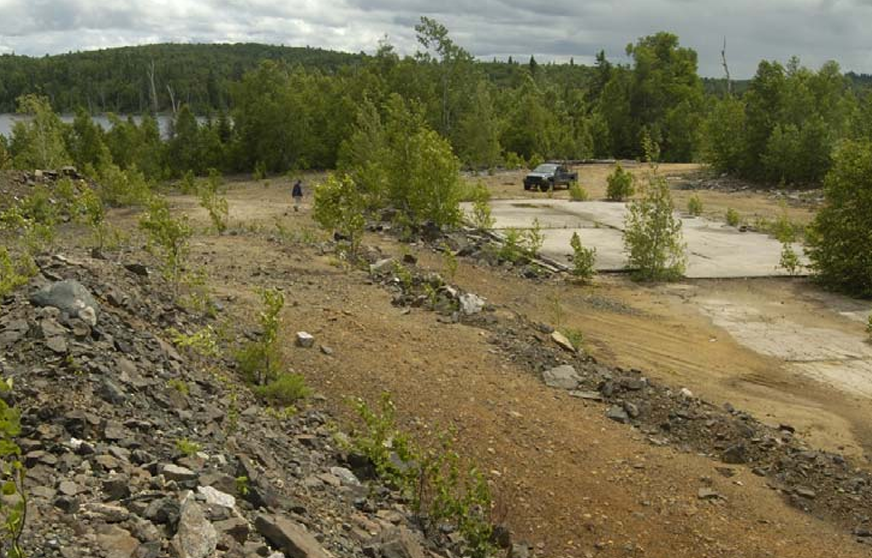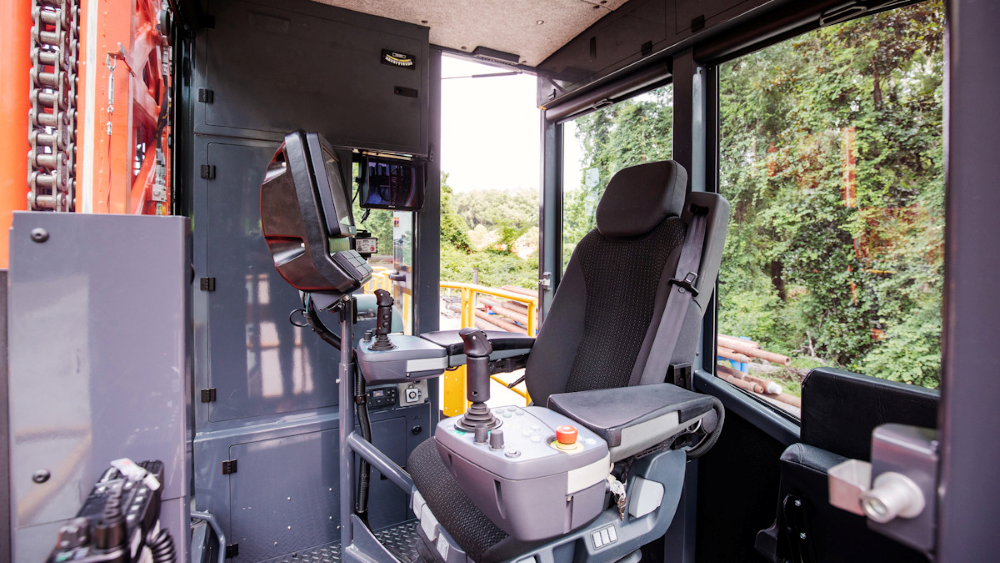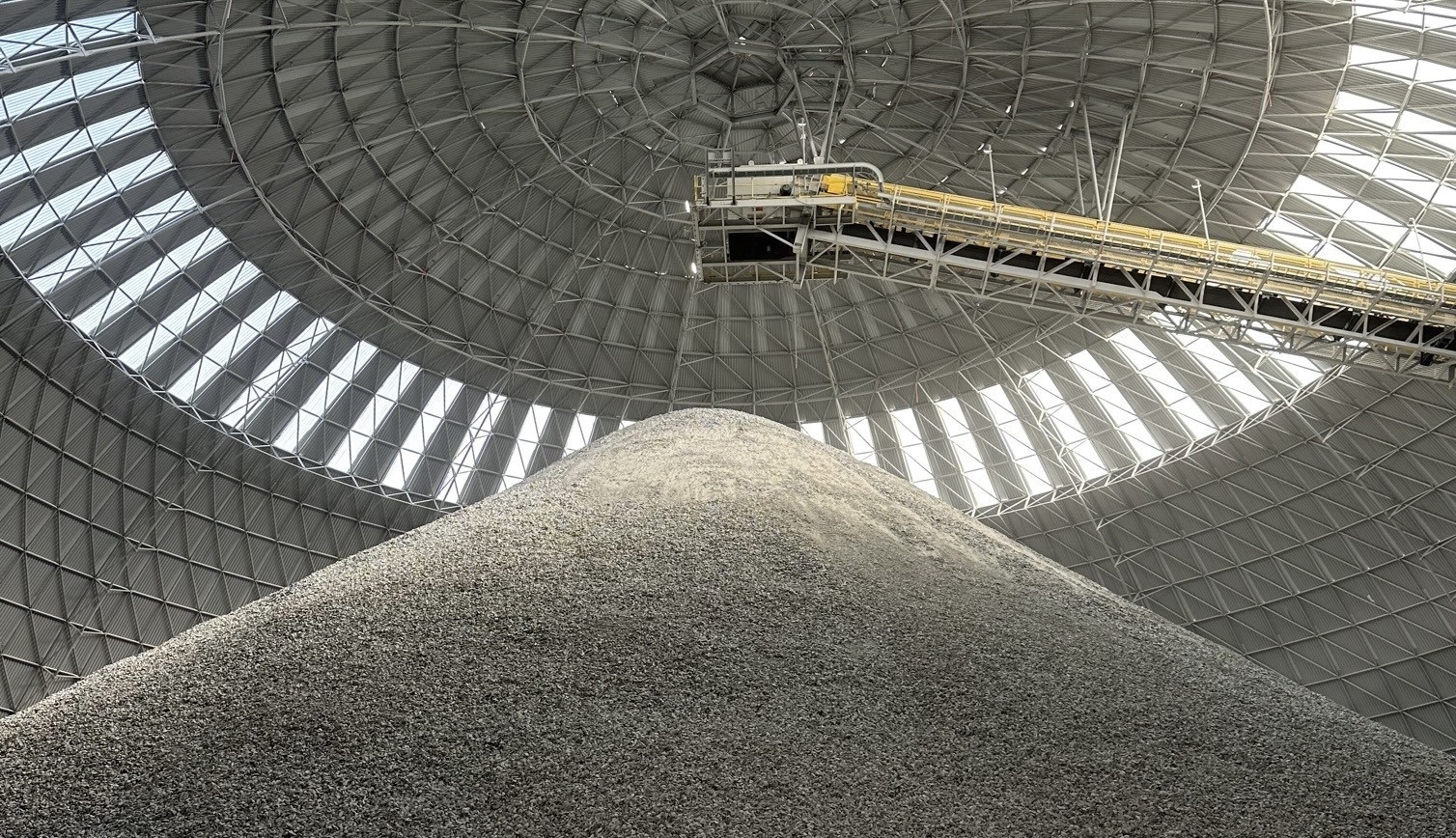BRITISH COLUMBIA –
Seabridge Gold of Vancouver has completed a preliminary economic study for its KSM gold-copper project 65 km northwest of Stewart.
The new PEA takes a different approach toward development than did the preliminary feasibility study announced last month. The Deep Kerr and Iron Cap Lower zones have been included in the mining plans, and that change improves economics and reduces environmental risk for the project. The parameters of the PEA include low cost block caving and reducing the number and size of the open pits, significantly reducing surface disturbance.
Notable changes in the PEA include:
- Open pits would account for only 22% of total production compared to 70% in the 2016 PFS. In the PEA, both the Kerr and Deep Kerr deposits would be mined exclusively by block caving. The PEA mine plans in total would reduce the amount of waste rock by 81% (by approximately 2.4 billion tonnes) compared to the PFS, substantially shrinking the project’s foot print and its environmental impact and reducing water treatment costs.
- By including Deep Kerr, annual average maximum throughput of 130,000 t/d envisioned in the 2016 PFS has been increased to 170,000 t/d in the PEA without significant redesign of facilities. Increased throughput would increase metal production, reducing payback periods and improving estimated projected internal rates of returns and net present values.
- In the PEA, estimated base case initial capital costs including pre-production mining costs are about 9.7% higher than the 2016 PFS due primarily to increased throughput. Base case total cost per ounce of gold produced in the PEA is estimated at US$358 compared to US$673 per ounce in the 2016 PFS. The change in total cost is due to higher by-product credits from significantly higher copper production more than offsetting higher sustaining capital for expanded underground development in the PEA.
- As a result of approximately 77% more copper that would be produced over the projected life, base case life of mine operating costs in the PEA are estimated at negative US$179 per ounce, compared to the positive US$277 per ounce in the 2016 PFS .
The PEA envisions a 51-year life for the project requiring a pre-production capital expenditure of US$5.5 billion. The same resource numbers were used for both studies. Measured and indicated resources are at 2.9 billion tonnes grading 0.54 g/t Au, 0.21% Cu and 2.7 g/t Ag (49.8 million oz of gold, 13.6 billion lb of copper and 253 million oz of silver). An additional 2.7 billion tonnes are estimated in the inferred resource grading 0.35 g/t Au, 0.32% Cu and 2.0 g/t Ag (30.8 million oz of gold, 19.2 billion lb of copper and 178 million oz of silver).
Additional details (there are many) appear in the news release of Oct. 6, 2016, posted at
www.SeabridgeGold.net.





Comments